There aren’t many small dogs that have been around longer than the tiny, white Maltese, as this breed has been warming the laps of the world’s wealthy since before the Bible was written! These dogs are known for being playful and affectionate.
Their long, straight fur is daunting to many owners who fear grooming responsibilities. They are low-shedding and long-lived, making the Maltese a top pick for toy dog lovers around the world. Read on to learn more about the Maltese.
Description of the Maltese
These tiny dogs are bright-eyed, with a dark brown nose that should stand out against a stark white coat. Their coat never stops growing, and is somewhat similar to human hair. It needs a lot of brushing and care if you chose not to trim it short.
Like many toy breeds, the Maltese can be quite skittish and barky around strange people, if improperly socialized. When well-socialized, though, this breed is known for being friendly and gentle.
This breed originated in Malta, an island off the coast of Italy. It is believed that the Maltese dog originated somewhere in the 4th or 5th century B.C. These little dogs have been featured in Roman paintings, ceramics from ancient Greece, and even in the bible as a supposed gift to Saint Paul.
The Maltese remains popular with dog-lovers of all walks of life.
Life Expectancy and Size
The Maltese is a hardy and healthy little dog, often living well into its teens. They are just seven pounds on average, standing roughly 7 to 9 inches tall at the shoulder.
Under all that coat, these dogs should be slender and graceful, not short and stubby. Keeping them slim will also help extend their lives.
Protective Ability
The Maltese can be quite yappy, particularly with strangers in the home. Whether or not you count that as being protective is up to you. A barking dog is probably a decent deterrent to many intruders – as long as you don’t mind the yapping yourself. Once the intruder realizes the dog is only seven pounds, though, it’s unlikely that your new guard dog will do you much good.
Many particularly barky Maltese dogs are actually trying to scare something off because they’re afraid of it, not because they’re trying to protect you!
Training
The Maltese is generally very people-oriented, thanks to centuries of living in close quarters with its human family. They are generally quite attentive in training, and respond well to patience, and consistent, reward-based training. They can be easily scared by punitive training techniques, which often dampen their adventurous and outgoing spirit.
These dogs are not particularly well-known for their performance in dog sports, though they often enjoy trying their paw at sports such as agility and obedience.
Energy Level
The Maltese has been bred for hundreds of years to live in the homes of people. While they need some playtime and regular walks to stay healthy and trim, these dogs are not exactly the athletes of the dog world. The owners of these dogs will often find that it doesn’t take too much playtime or walking to properly exercise a Maltese.
What Living with a Maltese is Like
Many Maltese are quite content to sit on your lap and be brushed, thank you very much. They love being around their people and exploring the world, but by no means do they require a marathon-running owner.
When well-trained and well-socialized, these gentle and outgoing dogs make great companions for day-to-day activities. They have small bladders and may not do well with owners who work long hours. Their small size also makes them poorly suited to homes that bustle with activity – it’s too easy to trip on them!
Care of the Maltese
The Maltese requires extensive grooming, but otherwise is well-suited to a laid-back lapdog life. They don’t require much special care beyond their coat.
Environmental Needs
True to their origins in a temperate climate, the Maltese prefers to avoid extreme temperatures. Their ultra-long coat, unless shaved, is too warm for extremely hot weather. In the snow and dirt, they easily become filthy and tangled. At just seven pounds, most Maltese also don’t do well in the cold.
Exercise Needs
The Maltese is a bright and cheery companion that requires regular, but generally moderate, exercise. Most of these little dogs are happy with a few short walks per day, some playtime, and dinner fed from a puzzle toy. They generally prefer to avoid the weekend warrior lifestyle.
Shedding and Grooming
The coat of a Maltese is very similar to the hair on your own head. Their coat should be brushed daily and washed regularly – generally about once a week. If that’s too much for you, a regular trim will reduce time spent on daily grooming. The “puppy cut” is easier to maintain for most owners, but doesn’t look as striking as the long, flowing white of a “show cut.”
Surprisingly, the Maltese is a light shedder, though it is prone to both eye and dental issues. It’s recommended to brush their teeth and clean their eyes whenever you brush their coat.
Ideal Home Environment
These dogs do well in a variety of homes. Their small size and low exercise needs make them an obvious choice for older owners, or families with limited space. Their only limitation is that they generally don’t do well with ultra-busy homes.
Families with children might want to consider a larger dog to ensure that it’s sturdy enough to be around children. Additionally, some homes with kids are simply too busy to let their Maltese outside often enough for potty breaks. Keep this in mind if you often go straight from work to soccer practice with the kids.
Health Concerns
The Maltese is generally quite healthy, and lives into his teens. However, there are pockets of genetic disease common to the breed. Responsible breeders will screen their dogs for luxating patellas, heart anomalies, encephalitis, liver issues, and microvascular dysplasia (a liver disease that is caused by abnormalities in the blood vessels). Ask your breeder to see certificates showing knee and eye evaluations for the parents before purchasing a puppy.
Behavior Problems
Most behavior problems seen in the Maltese are due to human error, rather than genetic tendencies in the breed. As a longtime human companion, this breed generally is well-suited to pet life. That said, irresponsible breeders may dilute this asset by breeding fearful or aggressive dogs. Dogs that bark excessively at strange dogs or people are generally doing this because they’re afraid.
The most common behavior problem seen in the Maltese is fearfulness of new things (neophobia), and fear-based aggression and reactivity. The root of this problem is often undersocialization, where a young puppy was not exposed to enough new situations. Dogs naturally become less accepting of new things as they age, so secluded puppies often grow up to be fearful adults.
You can prevent this by enrolling in a good puppy kindergarten. If you already have a problem, contact a certified dog behavior consultant for help. Ask the trainer to tell you how they’ll teach your dog what to do instead, and what will happen if the dog gets it wrong. Avoid trainers that rely heavily on corrections, as this often makes leash reactivity worse.

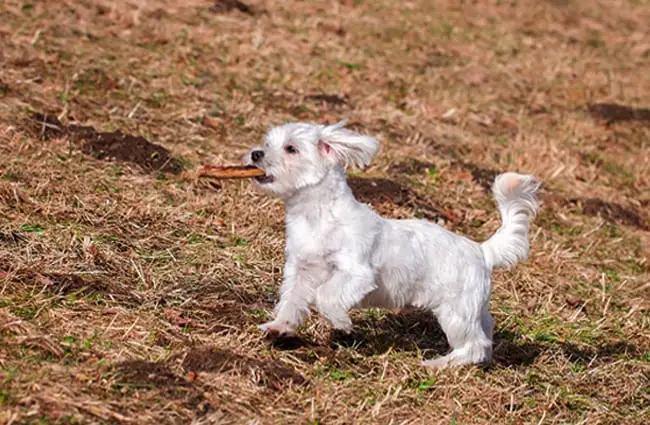


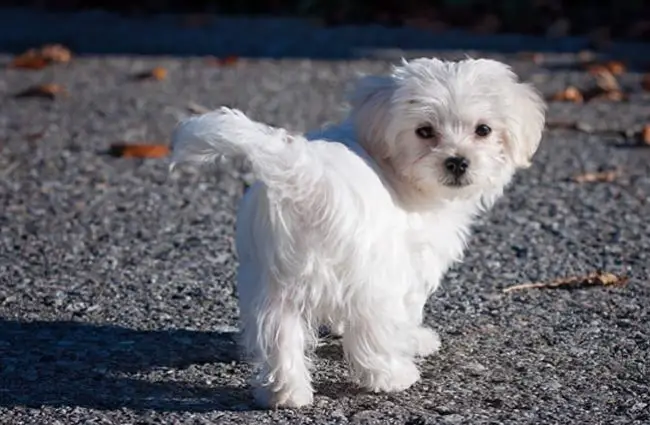


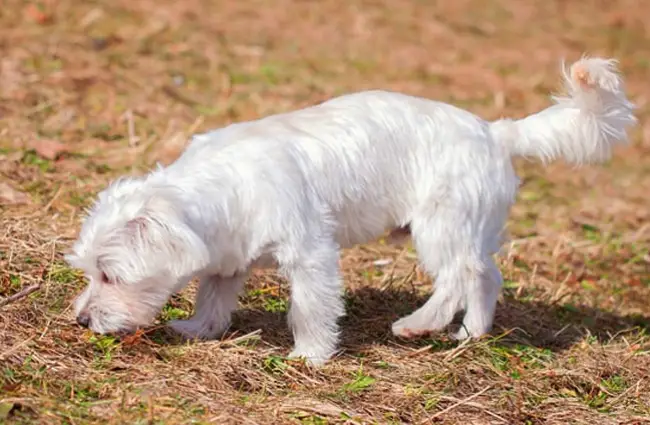

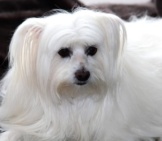
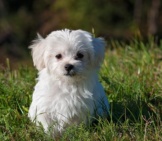
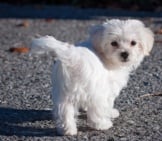

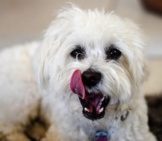
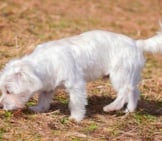













![Red Angus Closeup of a beautiful Red Angus cowPhoto by: U.S. Department of Agriculture [pubic domain]https://creativecommons.org/licenses/by/2.0/](https://animals.net/wp-content/uploads/2020/03/Red-Angus-4-100x75.jpg)

